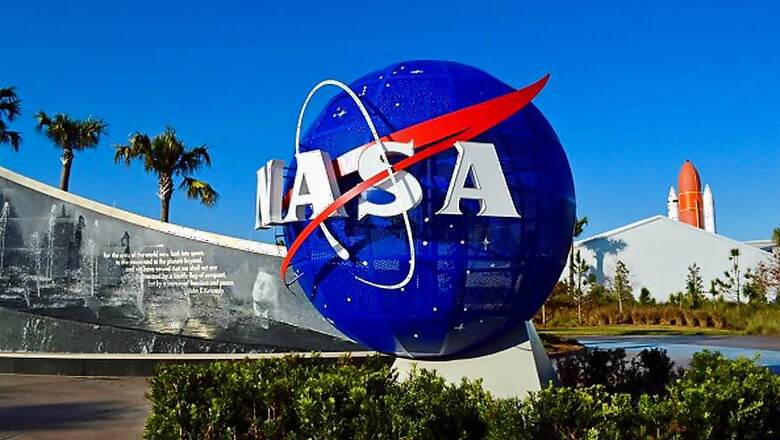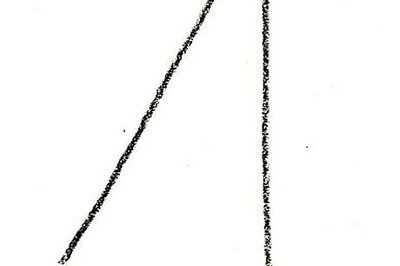
views
Aiming to reduce aircraft noise for communities that live near airports, NASA has successfully tested new noise reduction technologies on a series of Acoustic Research Measurement (ARM) flight and managed to cut airframe noise during landing by more than 70 percent. The ARM flights, which concluded in May, at NASA's Armstrong Flight Research Center in California, tested technology to address airframe noise, or noise that is produced by non-propulsive parts of the aircraft, during landing.
Also Read: OnePlus Switch Gets an Update For Bugs-Fixes And More
NASA successfully combined several technologies including Landing Gear Noise Reduction, landing gear cavity treatments, and the Adaptive Compliant Trailing Edge flexible wing flap, on various airframe components of a Gulfstream III research aircraft to achieve a greater than 70 per cent reduction in airframe noise. "This airframe noise reduction produced by NASA technology is definitely momentous, and the best part is that it directly benefits the public," ARM Project Manager Kevin Weinert, said in a statement.
"We are very confident that with the tested technologies we can substantially reduce total aircraft noise, and that could really make a lot of flights much quieter," added Mehdi Khorrami, an aerospace scientist at NASA's Langley Research Center in Virginia. The Gulfstream III research aircraft flew at an altitude of 350 feet, over an 185-sensor microphone array deployed on the Rogers Dry Lake at Edwards Air Force Base in California.
Also Read: Dell Teams up With Marvel Studio's "Ant-Man and The Wasp"
The Landing Gear Noise Reduction technology element addressed airframe noise caused by airflow moving past the landing gear on approach. Another area of focus was landing gear cavities, also a known cause of airframe noise. These are the regions where the landing gear deploys from the main body of an aircraft, typically leaving a large cavity where airflow can get pulled in, creating noise.
NASA applied two concepts to these sections, including a series of chevrons placed near the front of the cavity with a sound-absorbing foam at the trailing wall, as well as a net that stretched across the opening of the main landing gear cavity. This altered the airflow and reduced the noise resulting from the interactions between the air, the cavity walls, and its edges, the report said. To reduce wing flap noise, NASA used an experimental, flexible flap, which investigated the potential for flexible, seamless flaps to increase aerodynamic efficiency.
"While there are obvious potential economic gains for the industry, this benefits the people who live near major airports, and have to deal with the noise of aircraft coming in to land. This could greatly reduce the noise impact on these communities," Weinert said.
Also Watch: Top 3 2018 Smartphones in Rs 30-35,000 Price Range
















Comments
0 comment